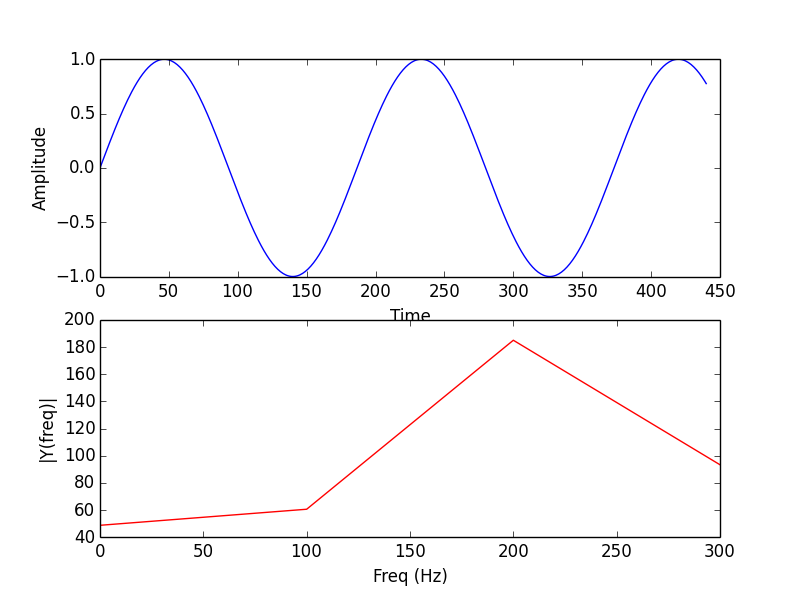The term "resolution" has multiple meanings, which can confuse people trying to communicate when using two different meanings.
In the optical sense, of being able to resolve two nearby clearly separated points (or two adjacent peaks in the spectrum) instead of one blurry blob, zero-padding won't help. This is the meaning most likely being used when stating that zero-padding does not increase resolution.
If one's requirement for resolution requires a dip (for instance a minimum 3 dB lowering) between spectral peaks, then the resolution will be even lower than the FFT bin spacing, e.g. not even Fs/N, but 2X to 3X that, or more, depending on the windowing used. A weaker requirement for resolution might be just the frequency spacing of the DFT's orthogonal basis vectors, e.g. Fs/N.
In terms of plotting points, yes, zero-padding will give you more points to plot, as in DPI (plot points per inch) resolution. That may make it easier to pick out extrema by eyeball. However they are the same points you would get by doing a very high quality plot interpolation (Sinc interpolation) without any zero-padding, so they really add no information that could not be calculated otherwise without the zero-padding.
In terms of pitch tracking, parabolic or Sinc interpolation (interpolation between FFT result bins) of a windowed non-zero-padded FFT result might give you just as good a result as from a more computationally intensive longer zero-padded FFT plot. Thus zero-padding gives you a "better" pitch tracking result than non-zero-padded and non-interpolated peak picking, but often a lot less efficiently than just using interpolation.
If you add noise to your example, but slightly less than the signal, you will find that the zero-padded peak can be just as inaccurate as the non-zero padded peak. So, in the more general case, you may not have found the "right" frequency with any more accuracy than before. Zero-padding only interpolates the inaccurate result due to noise, which another reason why it is said to not increase resolution.



